 Earlier this week I came across a commercial from Dove that specifically asked people to like their Facebook page. In return for my click they offered me a €1 discount on one of their products. So, in essence they are asking me to connect my online reputation and my position in the time line of my friends to their brand. And in return? They are going to be giving me a buck. Seriously? Dove, what were you thinking? Offering a discount for linking or following might just be the ultimate way of failing on social networks. And Dove just topped that mark by stating that my loyalty to their brand and the attention of my friends is only worth a single Euro to them.
Earlier this week I came across a commercial from Dove that specifically asked people to like their Facebook page. In return for my click they offered me a €1 discount on one of their products. So, in essence they are asking me to connect my online reputation and my position in the time line of my friends to their brand. And in return? They are going to be giving me a buck. Seriously? Dove, what were you thinking? Offering a discount for linking or following might just be the ultimate way of failing on social networks. And Dove just topped that mark by stating that my loyalty to their brand and the attention of my friends is only worth a single Euro to them.
Getting followers on Twitter, Facebook, Google+ or any other network of your choice is about connecting. Connecting lives with your brand. Connecting personalities, connecting friends, connecting reputation, connecting values in life. It is not about the numbers. It is not about getting as many people as possible as fast as possible. It is about connecting and creating a useful exchange. Yes, I am willing to connect to a brand. In fact, I am very interested to connect to the brands I love because they are close to my heart. But there needs to be a useful exchange. I do not care about being a number. I care about being a person in contact with you. With your brand. Share useful things with me. I am not interested in brands that are just posting little updates on their wall for me to discover in my timeline. I am interested in brands that want to communicate to ME. Personally. To show me things that I am interested in. Things that I care to share. Reasons why I want to be part of the circle around them.
A simple lesson emerges from this. People who come in for a €1 discount are not really interested in you. They are interested in buying your product at bargain prices. Those are not the customers you are looking for. And people who love your brand will not come in on a discount offering as they feel you are not appreciating them, offering them a mere euro instead of a meaningful relationship.
If you were thinking of taking this approach, reconsider. Fast. And read my blogpost on stories and personal relationships.
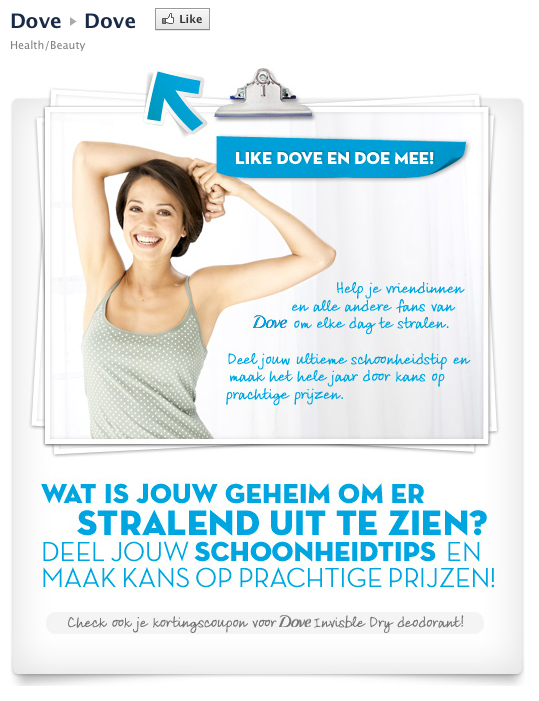
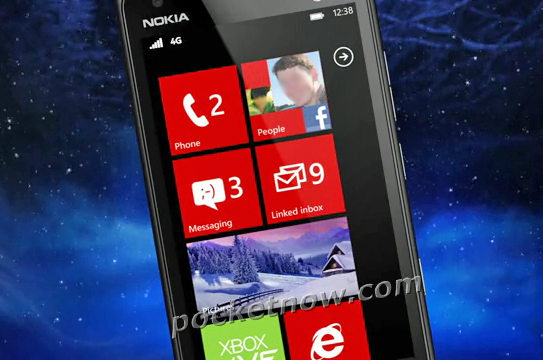
 At the end of March, Nokia will launch their new Nokia Ace in the US. And rumor has it that the launch will be accompanied by a great marketing campaign that will run in the neighborhood of $100 million. I just read this on BetaNews. An interesting article that goes on to state that Microsoft needs a hero in the Windows Phone stakes. However, the statement leaves me wondering what their campaign will be on.
At the end of March, Nokia will launch their new Nokia Ace in the US. And rumor has it that the launch will be accompanied by a great marketing campaign that will run in the neighborhood of $100 million. I just read this on BetaNews. An interesting article that goes on to state that Microsoft needs a hero in the Windows Phone stakes. However, the statement leaves me wondering what their campaign will be on.
 Half the internet world talked about the passing of Steve Jobs. There is a lot that can be said about him, but most people agree that he has had a profound influence on the technology we use today. I have never met him in person -and I bet most others that wrote about him never did either. However, through articles I have read about him, I got the feeling that he was a person who knew how to ask the right questions at the right time.
Half the internet world talked about the passing of Steve Jobs. There is a lot that can be said about him, but most people agree that he has had a profound influence on the technology we use today. I have never met him in person -and I bet most others that wrote about him never did either. However, through articles I have read about him, I got the feeling that he was a person who knew how to ask the right questions at the right time.
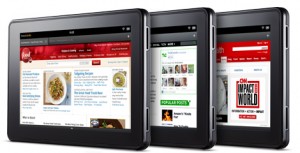 Everyone has been talking about the tablet market. Especially about the prices of tablets. Ever since HP decided to pull out of the market and dumped its discontinued tablet with its discontinued OS, it became clear that price is a much bigger hurdle for buyers than most expected. Enter Jeff Bezos and the new Amazon Kindle Fire. A $199 tablet that could be the biggest change to the tablet market since the introduction of the iPad.
Everyone has been talking about the tablet market. Especially about the prices of tablets. Ever since HP decided to pull out of the market and dumped its discontinued tablet with its discontinued OS, it became clear that price is a much bigger hurdle for buyers than most expected. Enter Jeff Bezos and the new Amazon Kindle Fire. A $199 tablet that could be the biggest change to the tablet market since the introduction of the iPad.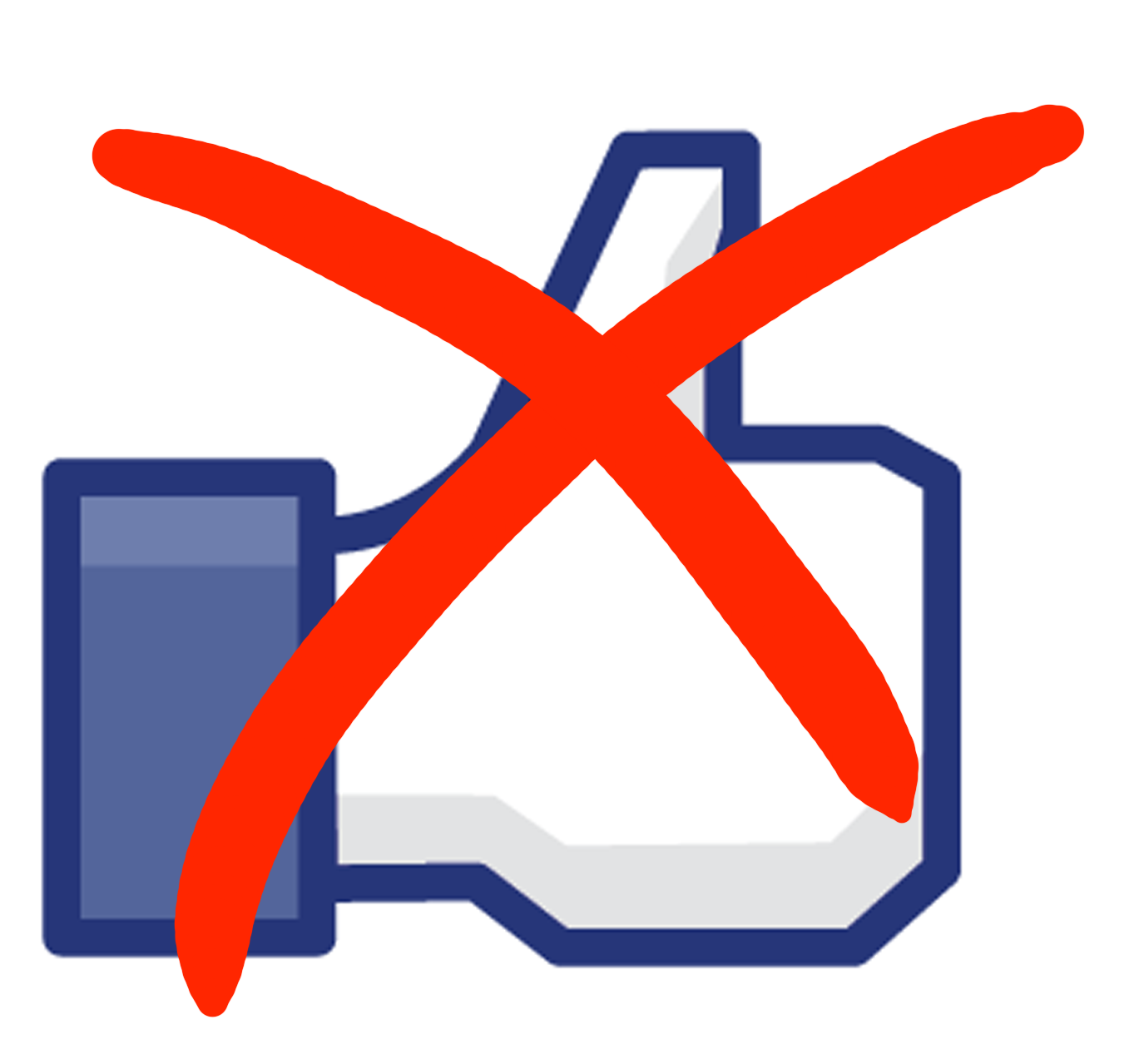
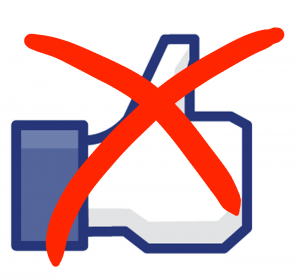 The like button has only been around for about a year. Just a year. And look what it has done. It has brought over us a storm of people asking us to click that button for their sake. It has brought us services that have included their own version of the like button like
The like button has only been around for about a year. Just a year. And look what it has done. It has brought over us a storm of people asking us to click that button for their sake. It has brought us services that have included their own version of the like button like 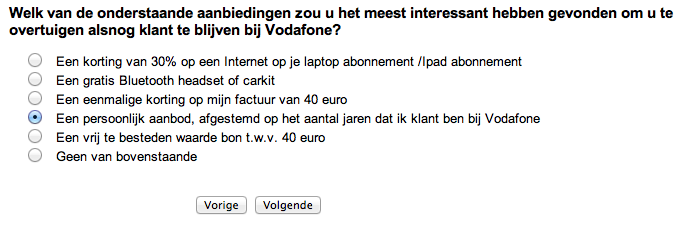
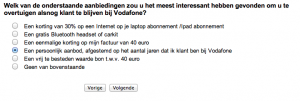
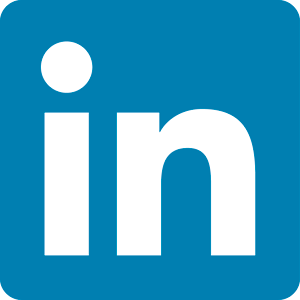



 You can run a good business and offer great customer service. That will make your customers love you. However, they are basing their love for you on how you solved a negative situation. There is no argument about whether this works. Because it does. People enjoy a good solution and they will share it with their friends.
You can run a good business and offer great customer service. That will make your customers love you. However, they are basing their love for you on how you solved a negative situation. There is no argument about whether this works. Because it does. People enjoy a good solution and they will share it with their friends. 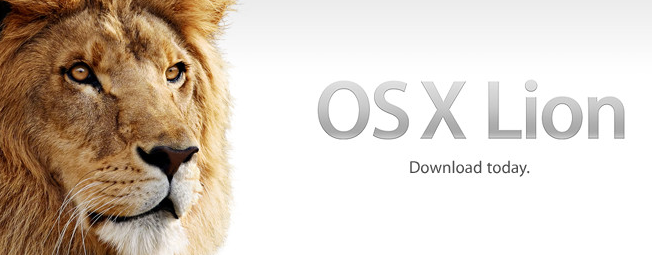
 Ok, I admit, this is a personal frustration. But personal is the way of the web these days. And in fact, I know there are many more that have faced the same problems. Just browsing Twitter on #Lion and #Lionfail show enough of that.
Ok, I admit, this is a personal frustration. But personal is the way of the web these days. And in fact, I know there are many more that have faced the same problems. Just browsing Twitter on #Lion and #Lionfail show enough of that.
 Dit is nog ouder dan de weg naar Rome. Mensen verbinden zich graag aan iemand of aan iets. Deze mensen zijn je fans. Dat geldt voor producten net zo goed als voor mensen. Jouw fans geven om je. Ze zijn loyaal en volgen wat je doet op de voet. Ze houden van je en willen graag die relatie met je onderhouden. Soms schrijven ze je, mailen ze, vullen ze formulieren in, of klikken ze op je Like buttons. Maar bovenal relateren ze alles wat ze in dezelfde branche zien aan jou. Jij bent hun maatstaf. Jij vertegenwoordigt kwaliteit voor ze, je vertegenwoordigt waar voor je geld, je vertegenwoordigt het goede gevoel dat ze van je krijgen. Maar wat doe jij?
Dit is nog ouder dan de weg naar Rome. Mensen verbinden zich graag aan iemand of aan iets. Deze mensen zijn je fans. Dat geldt voor producten net zo goed als voor mensen. Jouw fans geven om je. Ze zijn loyaal en volgen wat je doet op de voet. Ze houden van je en willen graag die relatie met je onderhouden. Soms schrijven ze je, mailen ze, vullen ze formulieren in, of klikken ze op je Like buttons. Maar bovenal relateren ze alles wat ze in dezelfde branche zien aan jou. Jij bent hun maatstaf. Jij vertegenwoordigt kwaliteit voor ze, je vertegenwoordigt waar voor je geld, je vertegenwoordigt het goede gevoel dat ze van je krijgen. Maar wat doe jij? I love the future. I have loved it ever since I started reading. Technology is shaping our future fast. Back in 1985 I wrote my first computer program. Back in 1994 I launched my first website and I have been working with organizations on integrating new technology ever since.
I love the future. I have loved it ever since I started reading. Technology is shaping our future fast. Back in 1985 I wrote my first computer program. Back in 1994 I launched my first website and I have been working with organizations on integrating new technology ever since.